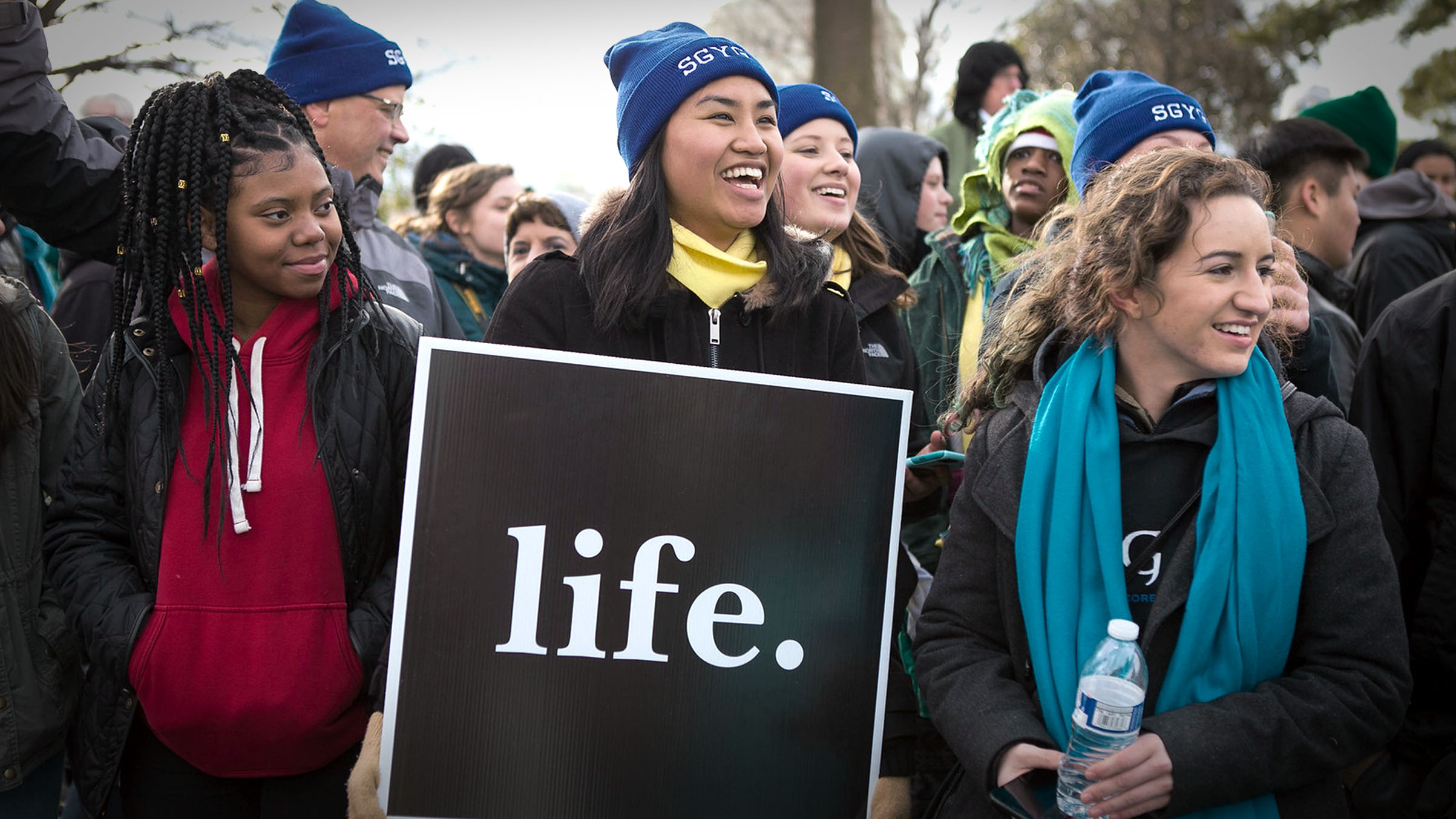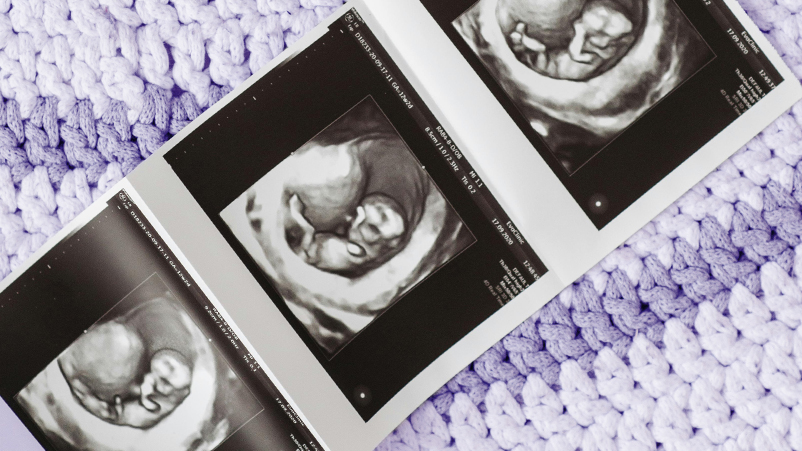Right after the March for Life, several writers pointed out that, even though Pope Francis had sent a message of support to the leaders of the March for Life Committee, the major news outlets appeared, for the most part, to be more fascinated by the January 18 birth of Bao Bao the panda than they were four days later when hundreds of thousands filled the streets of Washington, D.C. to march in protest of the gruesome Supreme Court decisions of January 22, 1973.
Why the disparity? How could it be that just over 45 seconds were spent reporting on the March for Life when more than four minutes were spent talking about Bao Bao? Well, the truth is that the media “sees” the baby panda and feels like the world wants to know more. Those same reporters, photographers, and commentators do not want to admit that, though unseen, more than 55 million Americans have died from surgical abortion alone over the course of the last 44 years. It is just that simple.
What is perhaps even worse is that in Texas, where the drama surrounding young Marlise Munoz and her preborn baby was playing out, there was little national media coverage. A young expectant mother, declared “brain dead,” and bearing a 22-week-old preborn baby, lay in a hospital bed, condemned to death by a January 24 court decision that ordered the removal of her life support. The life support was removed on January 26, and she and her baby both died.
The vast majority of Americans did not know this scenario was unfolding in Texas, nor do they understand the thorny questions that surround a diagnosis of brain death, which many argue is a false and misleading term.
Registered nurse Nancy Valko has written: “In hospitals all over the country today—Catholic and non–Catholic alike—families are told by doctors with supreme confidence that their loved ones are hopeless and that all treatment should be withheld or withdrawn in order to allow them to die. This often happens within hours, days, or weeks of a person suffering a brain injury, stroke, or critical illness. I have even seen such patients described as ‘brain dead’ so that reluctant families might be induced to withdraw treatment.”
Paul Byrne, M.D. keeps it even simpler: “Brain death is not death.”
Nonetheless, no amount of opining will change the fact that a judge concurred with Marlise’s husband, the father of that preborn child—a man who wanted to end the agony he was feeling and bury a wife he considered to be dead. The baby’s death was a tragic side effect.
The question that challenges common sense and logic is this: On the one hand there is a four-legged animal living in a zoo currying all manner of attention and photo ops. The animal may be exotic and cute, but Bao Bao is still an animal. On the other hand, we have human babies not yet born. Thousands protest the surgical abortion madness, yet a media near silence is the response. In Texas, one baby grew in his mother’s womb without the realization that death was moments away, and a media near silence was the response there as well.
What does this say about the national psyche and the priorities in our lives as Americans?
A baby panda or a baby human—which one is valued more in America? You decide.


